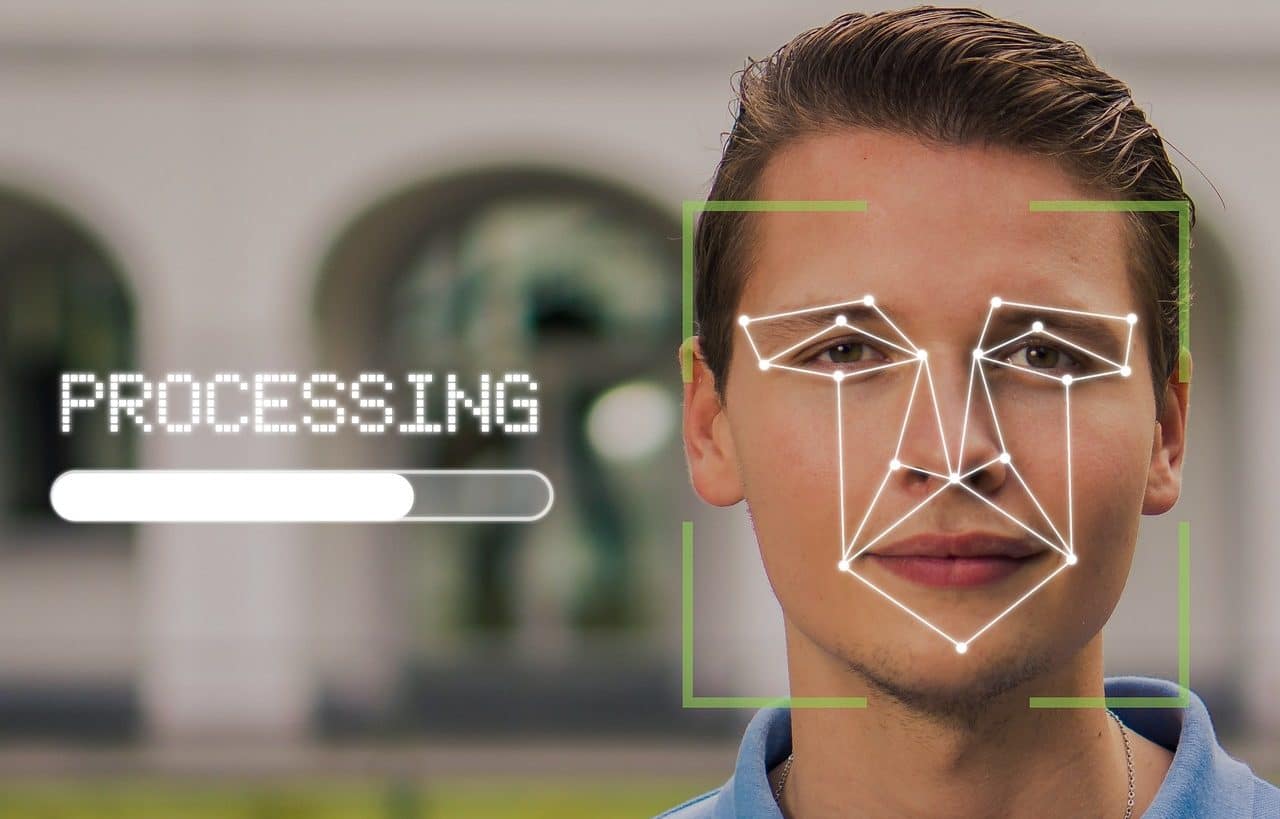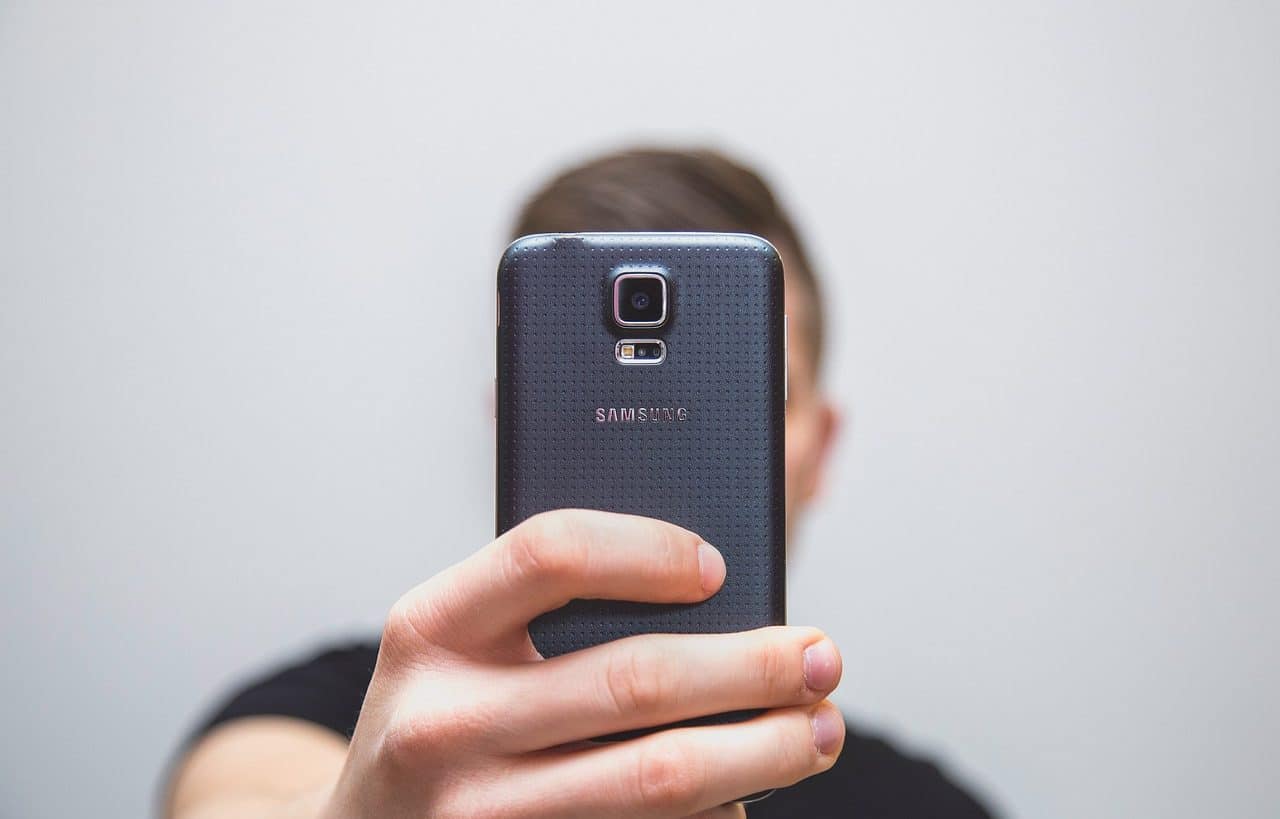
Facial recognition is used in surveillance systems.
Facial recognition is the process carried out to identify an individual by analyzing the characteristics of their face . This is a resource that uses biometrics to preserve security.
When a person tries to access a system whose access control is based on facial recognition , what is done is a verification of their identity by studying their facial features . Once the verification is completed, if the personal data matches those stored in a registry, the verification of the identity and authentication of the user is completed, who thus overcomes the entry barrier.
Features of facial recognition
Facial recognition is developed using a computer program known as a facial analyzer . This software is prepared to identify the subject based on the data obtained by performing an image analysis of their face .
The facial analyzer examines facial landmarks of the person in question (either live via camera or previously recorded photographs or videos) and compares them with images in its archive. Using algorithms, image processing is executed to allow or deny access based on the matches found.

Unlocking devices through facial recognition is increasingly common.
The step by step
Facial recognition takes place with a series of steps. The first phase consists of detection : finding a face in an image. For this, the machines use the so-called artificial vision , an artificial intelligence ( AI ) tool that is usually trained with deep learning and that makes it possible to automate the extraction, processing and classification of data obtained from one or more images.
The next stage is the analysis of the face image . At this point, the facial geometry is examined, calculating the distance between the eyes, the contour of the chin and lips and the shape of the cheekbones, for example. This results in obtaining the individual's facial print , which is unique just as is the case with a fingerprint.
Finally comes facial recognition itself , which involves identifying the individual after evaluating the agreements between the records. Official State images are often used (such as a photo of a passport or identification document) to carry out verification .

Many smartphones have built-in facial recognition systems.
Uses of facial recognition
Facial recognition has multiple applications and uses linked to prevention and security. In a broad sense, this type of technology is used to replace passwords or passwords : instead of entering an alphanumeric combination, the person uses their face as an identification mechanism.
A smartphone, in this framework, can be unlocked through facial recognition . Only its owner will be able to use the device by scanning their face, while any other individual will be denied access.
Facial recognition is also put into practice to approve banking operations or with a payment system . In this case, two-step verification and one-time passwords are left aside: the customer only has to look at the camera on their phone. This allows the entity to automatically work on fraud detection.
Border and airport control and entry to a health center can also be speeded up with facial recognition. On the other hand, this technological instrument contributes to the prevention of crimes in stores (when security cameras record a known criminal entering the premises) and to the search for missing human beings.
Advantages and disadvantages
Facial recognition has several advantages over other access control and identity validation technologies. One of them is its ease of use : today all modern mobile devices have front cameras and facial analyzers to take care of the user's privacy. That is why it is simpler to apply biometric identification to unlock the device, access home banking, etc., than to establish passwords.
Facial recognition is even more efficient . Failures are not common and a security breach by a hacker is highly unlikely.
On the negative side, sometimes facial recognition is not accurate . You need to have a clear face, be in an environment with good lighting and do the recognition with a camera of acceptable quality to reduce errors.
Another issue that is often objected to is the transparency in the handling of biometric data and the invasion of privacy . Regulations are often not clear to the user, so consent when recording facial points is given without real knowledge of the implications or consequences.
Misuse of biometric information by government authorities can even lead to a violation of civil rights . If the Police analyze the faces of protesters carrying out a peaceful protest to identify them, it can be considered to violate the rights of those attending, especially because it cannot be known exactly what the security forces will do with that data.
